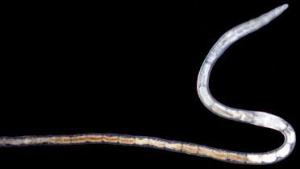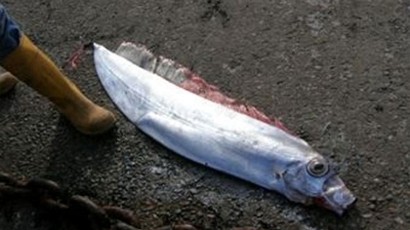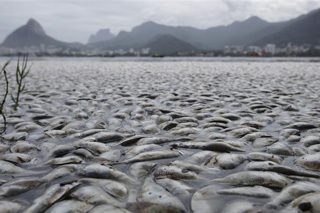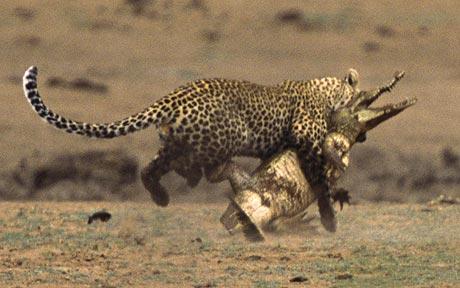
© AFP/File/Jeff PachoudFile photo shows a frog at the Besancon Natural History Museum. One of the most common weed-killers in the world, atrazine, causes chemical castration in frogs and could be killing off amphibian populations worldwide, a study published showed.
One of the most common weed-killers in the world, atrazine, causes chemical castration in frogs and could be killing off amphibian populations worldwide, a study published showed.
Researchers compared 40 male control frogs with 40 male frogs reared from the moment they hatched from eggs until full sexual maturity in atrazine concentrations in the range that animals experience year-round in areas where the chemical herbicide is found.
Ninety percent of the male frogs exposed to atrazine had low testosterone levels, decreased breeding gland size, feminized laryngeal development, suppressed mating behavior, reduced sperm production and decreased fertility, while the control group showed features typically found in male frogs.
And what happened to the remaining 10 percent of atrazine-exposed frogs was deemed "the most dramatic finding" of the study by the researchers, led by Tyrone Hayes of the University of California at Berkeley: they developed into females that copulated with males and produced eggs.
The larvae from those eggs were all male, the study published in the
Proceedings of the National Academy of Sciences (PNAS) found.
"Many studies have focused on death from disease and its role in global amphibian declines and sudden disappearances of populations, but virtually no attention has been paid to the slow, gradual loss of amphibian populations due to failed recruitment," the study said.









